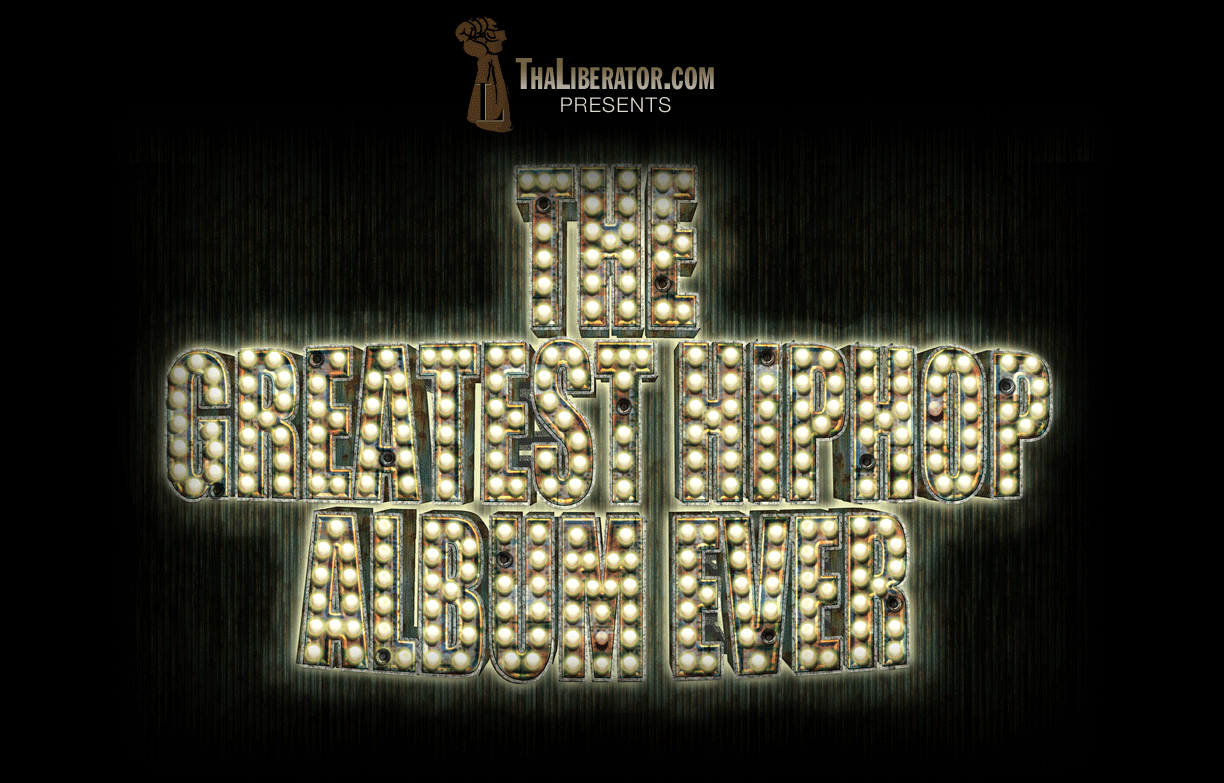"Riots ain't nothin' but guides for the system"
— Ice Cube "The Predator"
RIOT!
At 3:15pm on April 29, 1992, on the seventh day of deliberations, the jury acquitted all five officers of assault and acquitted three of the five of using excessive force against Rodney King.
Sixty-two minutes after the verdict, five young Black men entered Korean-owned Pay-less Liquor and Deli at Florence and Dalton avenues. The youths each grabbed bottles of malt liquor and headed toward the door where they were blocked by the son of the store's owner, David Lee. One of the men reportedly struck Lee on the head with a bottle, while two others threw bottles, shattering the glass storefront. One of the young men reportedly shouted, "This is for Rodney King!"
Five days of rioting, looting and general chaos ensued, including the heinous beating of white truck driver Reginald Denny just three blocks from epicenter of the riots, Pay-less Liquor.
No longer the tough-guy occupying force, the tables were quickly turned on an unprepared, out manned and, in some cases, out gunned LAPD that retreated to regroup, leaving the city in an absolutely anarchic state, as South Central Los Angeles and Koreatown went up in flames.
The violence and rage, while chaotic and somewhat random, clearly took direct aim at the myriad of Korean-owned liquor stores on seemingly every other block — a geographic and racial relationship that began boiling over a year earlier with the Latasha Harlins killing and minimal punishment for the Korean store owner guilty of voluntary manslaughter. The riots would bring that conflict to a violent and bloody conclusion.
Korean merchants whose stores hadn't been burned to the ground armed themselves with rifles and handguns, taking to rooftops, determined to defend their liquor stores and shops at all cost.
By the time the dust settled and the 4,000 National Guardsmen arrived with automatic weapons and armoured vehicles, 54 people (mostly Koreans and Latinos) had been killed, 2,499 people were injured, 6,559 people were arrested, more than 7,000 fires were set, and more than 1,100 businesses were damaged (94% of the destroyed buildings were commercial), at a cost of $1 billion in property damage.
The 1992 Los Angeles Riot was the deadliest civil disturbance in the United States since the 1863 Draft Riots in New York City.




